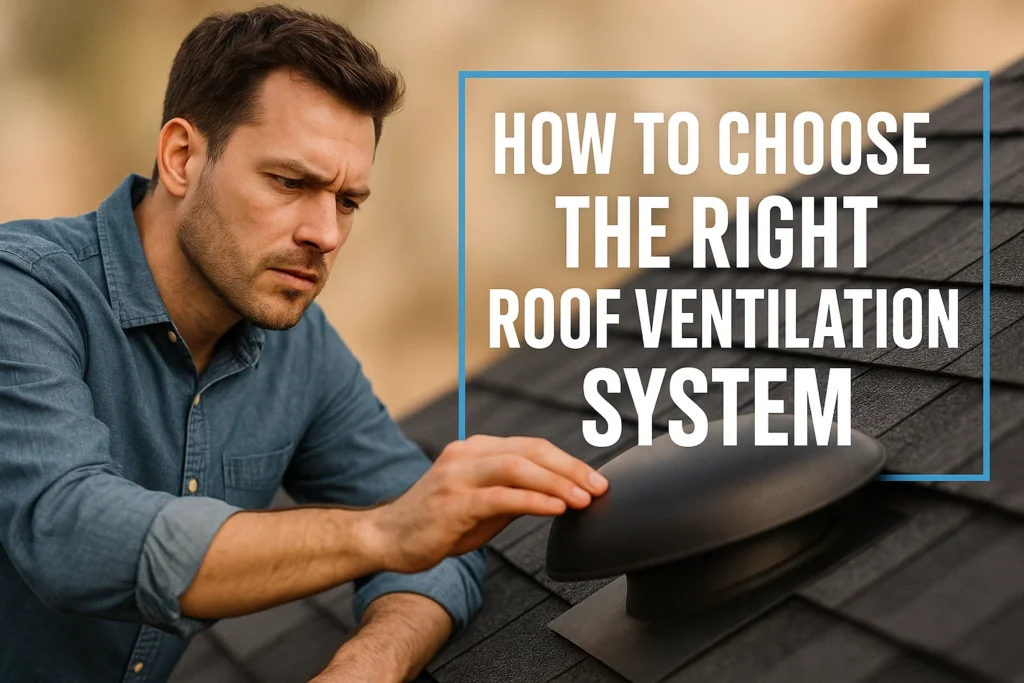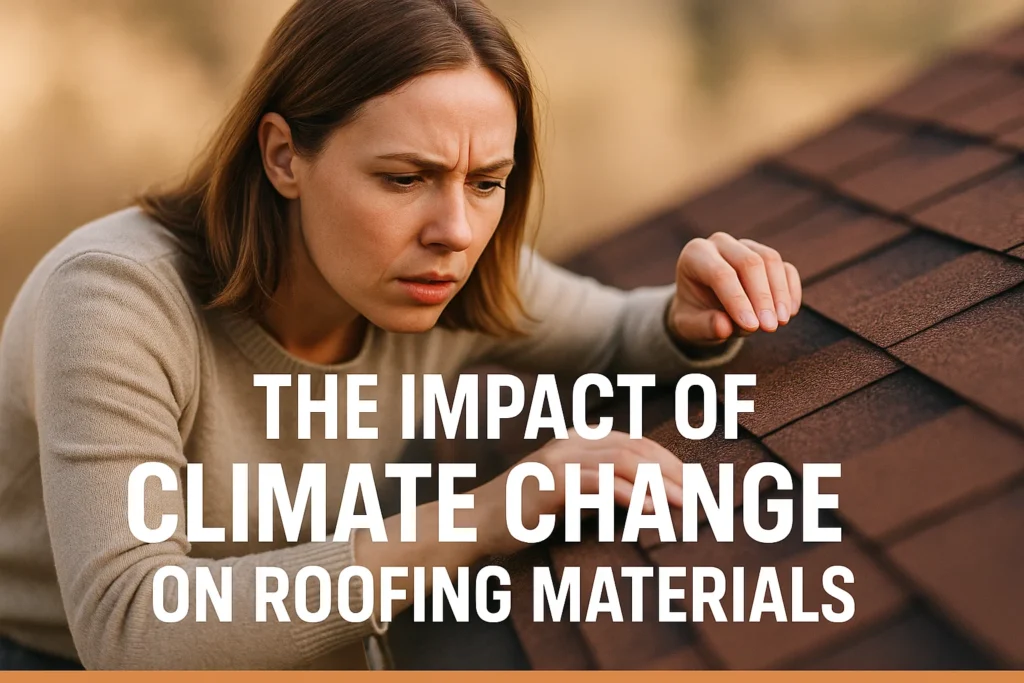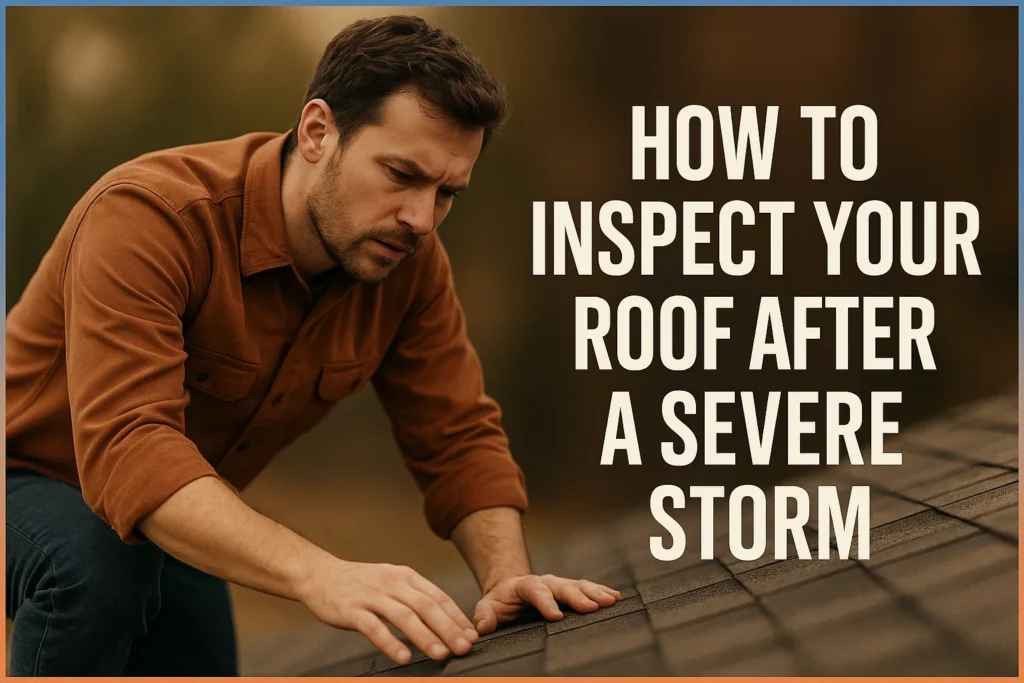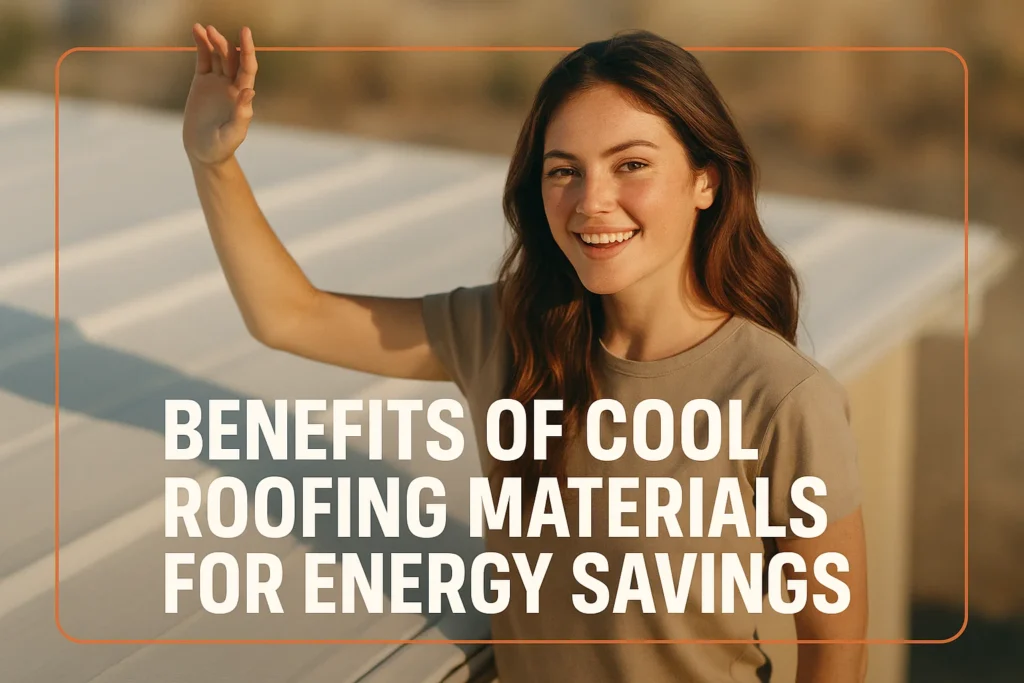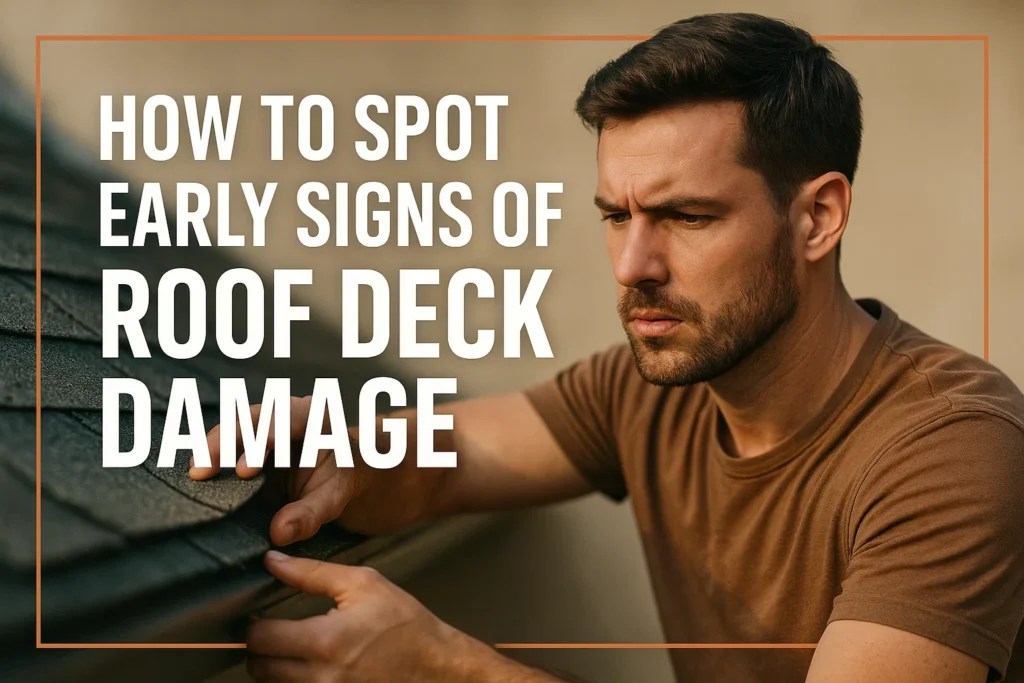Most homeowners do not realize the effect of their roof’s design until they are faced with expensive repairs. Industry research shows that design flaws in roofs usually contribute to leaks and structural damage, which decrease the value of a home and increase maintenance costs. However, what makes a roof design good and not a bad one? It is necessary to know the basics of roof design. In this post, we are going to cover the hidden price and factors of a good and a bad roof design to make the best decisions that can save your home and money.
Warning Signs Your Roof Design is Not Good
Being aware of the symptoms of a badly designed roof can save you money and a lot of time:
- Winter ice dams that result in water backup and leakages
- Imbalanced wear or early wear of shingles
- Constant leakages in certain places even after repairing them
- Poor drainage such as standing water or gutter blockage
- Poor ventilation that leads to too much heat or moisture in the attic
The Hidden Costs of Poor Roof Design
Bad roof design is not just something ugly to look at; it is something that can quietly drain your money away and endanger your home. This is the impact a poor roof design will have on you.
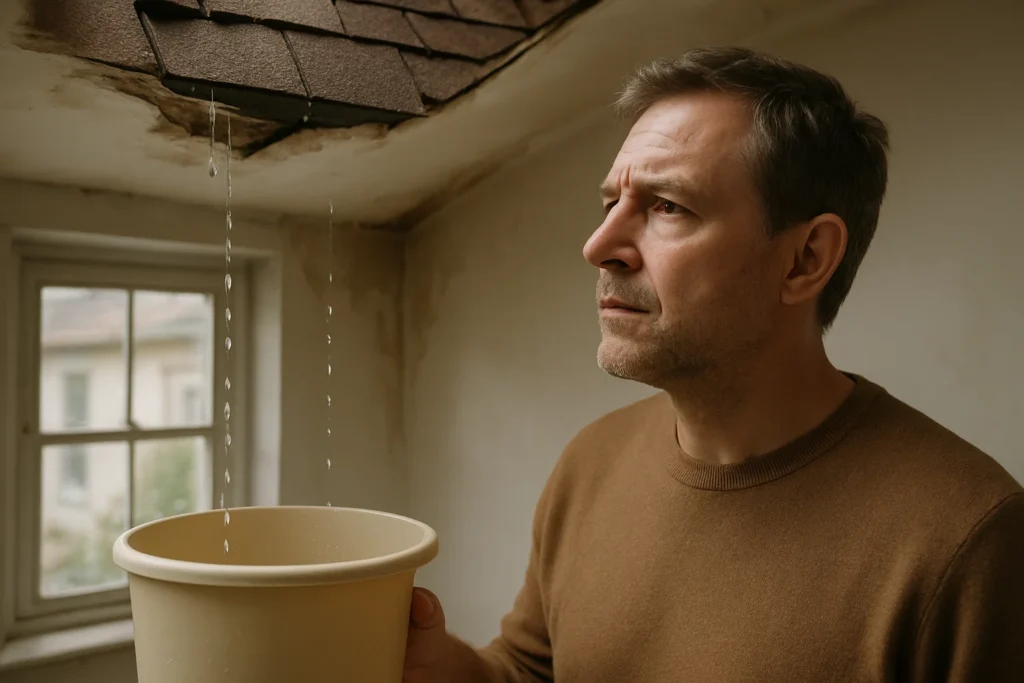
Energy Efficiency Problems
A roof that is not well insulated, ventilated or sloped will make your air conditioners and heaters overwork and the cost of utilities will go through the roof. In the United States, roofs that are not performing well can cost the homeowner hundreds of additional dollars annually on energy bills.
Premature Roof Replacement
Design aspects such as improper pitch, poor drainage, or even insufficient structural support accelerate the elements of wear and tear. Wet damage and construction problems. This tends to reduce the life of your roof to even less than 10 years instead of 20-30 years and this requires you to replace the roof at a high cost.
Water Damage and Structural Issues
The ill-designed roofs are likely to experience water pooling and ice dams which causes leaks, rotting of wood, growth of molds and roof sagging. Such structural damages are expensive to repair and may jeopardize the lives of your family.
Insurance Claim Complications
A lot of insurance agencies examine the conditions of the roof carefully. Defects in design may result in refused or diminished claims particularly where the harm is caused by preventable problems due to bad design.
Resale Value Impact
Prospective buyers and real estate agents will find that a poorly designed roof is a serious red flag that will reduce the value of your home and make it more difficult to sell.
Elements of Good Roof Design
An effective roof does not only safeguard your house but increases its value and saves you energy in the long run. The arguments are the following ones:
Proper Slope and Pitch Calculations
The slope of the roof must be such that it can enable water to flow off with ease and it should also suit your climatic requirements. Steeper pitches are also good in snowy places since they can get rid of snow fast, and flatter roofs are effective in dry lands when well sealed.
Correct Drainage Systems
The inclusion of gutters, downspouts and valleys will mean that the water does not stagnate or enter the weak points where there will be leakage and damages to the structures.
Strategic Ventilation Placement
The balance of intake (soffit vents) and exhaust (ridge or roof vents) attic ventilation can be used to stabilize temperatures and moisture levels and to conserve materials and energy expenses used in roofing.
Choice of climatic material
The durability and the resistance to environmental factors are increased with the selection of roofing materials that suit your weather conditions like asphalt shingles, metal, slate, or tile.
Consideration of structural loads
An engineered roof must be able to distribute loads in a manner that allows it to bear its own weight, snow, wind, and any other weight such as solar panels or HVAC units without sagging or collapsing.
The Principles of Professionals Design
Experienced architects and roofers, through calculated design principles, building codes compliance and use of modern software, will be able to create roofs that will stand the test of time.
Home integration architecture
Aesthetics matter. Your roof style that fits your house and the neighborhood will complement and will add value to both your curb appeal and resale value.
Roof design considerations by house type
The different styles of houses will need different designs of roofs with regards to the style, climatic and structural needs:
1. Traditional Homes
- Low-tech roofs: gable roof, hip roof and shed roof
- Advantages: can be constructed in a short period, it is very water repellent, it has antique look
- This should be taken into consideration so that the valleys that are complex are not left to accumulate moisture through proper ventilation and drainage.
2. Current Architectural designs
- They can be flat or low-pitched roofed, be green roofed or have solar installations
- Have special drainage and ventilation precautions against less gravity-driven runoff
3. Climate-Specific Needs
- Snow guards and steep slopes are also applicable to snow-prone areas
- Reflective materials and better ventilation are needed in hot and humid climates
- The windy areas should take into consideration the reinforcement of materials and aerodynamic design
4. Local Building Codes
- It is always good to check local requirements because the codes lay out minimum slope, ventilation and material standards
- In some areas, it has to be energy efficient or hurricane-resistant
5. Future Development and Compatibility of Materials
- Choose materials that would go well with the building of your house
- Design the roof in such a manner that it may be done with dormers, a solar panel, or an attic conversion in mind
Comparing Roof Design Options: Cost vs. Value
And the most important thing is to balance your budget and quality of the roof design:
Budget-Friendly Approaches
- Functional but simple gable roofs
- Standard asphalt shingles with good ventilation
- DIY installation of gasketed vents
Premium Design Features Worth the Investment
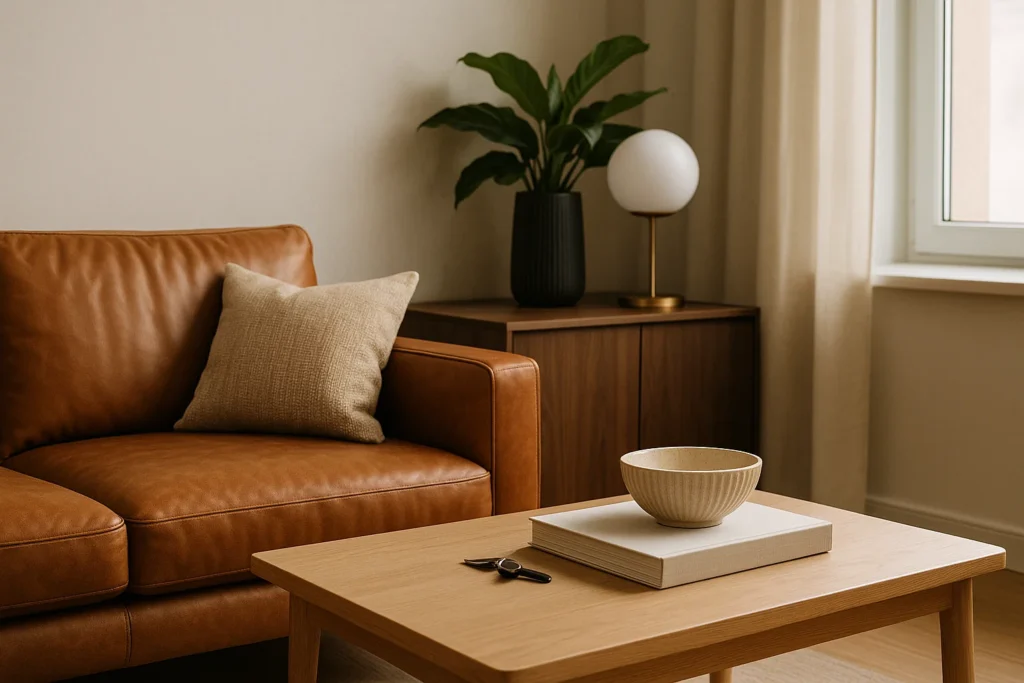
- Engineered ridge vent systems and ridge caps
- Designer roofing materials like slate or metal
- Integrated solar-ready roof systems
- Advanced attic ventilation and insulation packages
Long-Term ROI Considerations
An effective roofing is likely to be expensive to put up, yet it will be rewarded with:
- Extended service life
- Reduced energy bills
- Fewer repairs over decades
- Higher home resale value
Comparison of the cost of maintenance
Properly constructed roofs will save money since they do not need frequent repairs.
| Roof Design Feature | Typical Cost Range | Value Highlights |
| Simple Gable Roof (basic materials) | $5,000 – $10,000 | Affordable with reliable water shedding, low labor cost |
| Standard Asphalt Shingles | $4 – $7 per sq. ft. | Durable and widely available; performs well with good ventilation |
| DIY Ventilation Upgrades | $100 – $500 | Low cost; improves airflow and extends roof life |
| Engineered Ridge Vent System | $600 – $1,200 | Continuous attic ventilation; prevents moisture damage |
| Designer Materials (Slate, Metal) | $12,000 – $30,000+ | Long-lasting, aesthetic appeal, high durability |
| Integrated Solar-Ready Roofs | $20,000 – $40,000+ (varies) | Energy savings, home value boost, environmental benefits |
| Advanced Ventilation & Insulation | $1,000 – $3,000 (additional) | Increases energy efficiency and comfort |
Pro Tip: Keep in mind, roofs are long-term investments and spending a bit more now can mean a lot fewer headaches and savings down the road. To choose the designs, consult roofing experts to ensure that they fit within your budget constraints and are as durable, efficient, and attractive as possible.
Conclusion
It is essential to understand the distinction between good and poor roof design to safeguard your house and investment. An intelligently designed roof will provide a long life, energy savings, and a pleasing appearance, whereas a bad design will cost you money over time in repairs, inefficiency, and loss of value. When you are constructing something new or renovating an old structure, you must focus on professional advice and a long-term perspective to obtain the roof that suits you best.
Is it time to protect your house with a long-lasting roof? Ask a professional roof designer and make the right decisions today. For professional tips and services, contact our experts at Faver Roofing all year.
FAQs
The poor design of roofs involves the wrong slope, lack of proper drainage, ventilation, and materials and results in leaks, energy wastage, and structural problems.
Depending on the complexity of the project and the region, the costs can be anything between $1,000 and $5,000 for design plans. The saving in repair work and the rise in the value of the home is an investment that pays off.
Minor problems, such as the improvement of ventilation or drainage, may be fixed without replacing them, but significant design problems may demand a lot of work.
On steep slopes in snowy areas, good drainage, reflective materials and good ventilation in hot areas, and a local pro are all good ideas.
Signs of problems as frequent leaks, heat buildup, ice dams or sagging structures, are evidence of a problem in design. An inspection by a professional is possible to confirm this.



